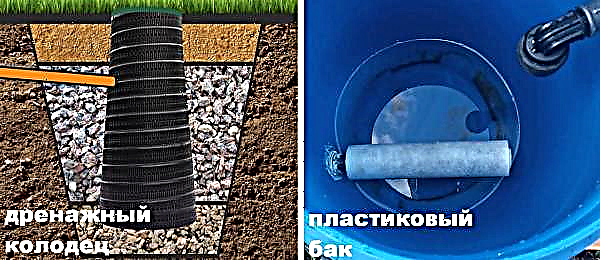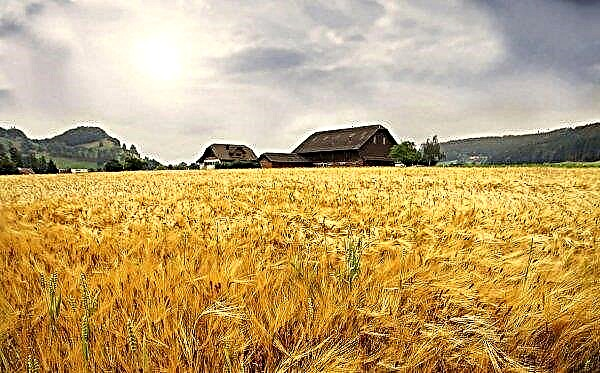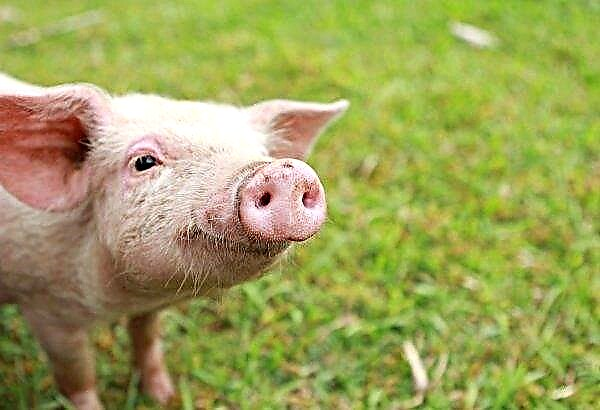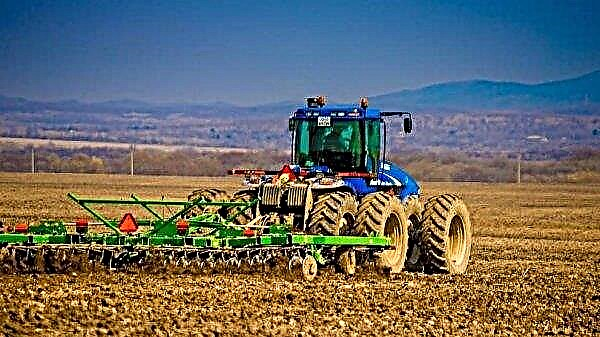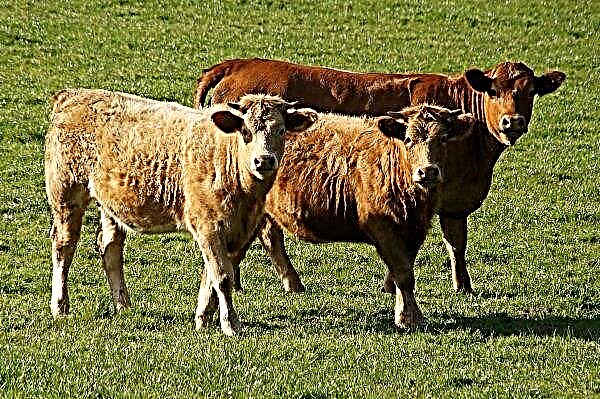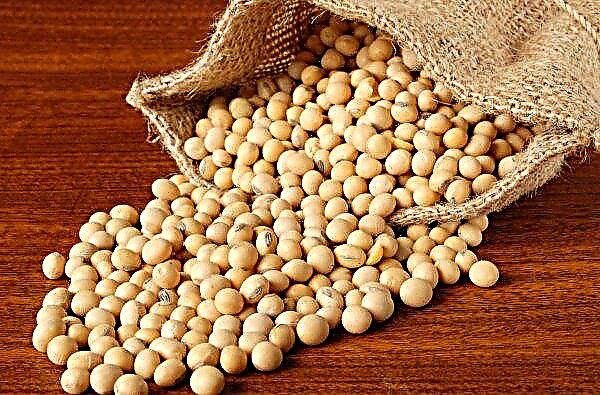Manually watering the lawn is a burdensome process that often overshadows all the joyful emotions of a beautiful landscape picture. Today, this problem can be solved by installing an automatic watering system, which will not only regulate the on and off water supply, but also take into account weather conditions, as well as ensure uniform soil moisture throughout the site. An additional plus is that installation work can be done independently.
Varieties of autowatering and the principle of their work
Installation of automatic irrigation of the lawn is a profitable solution that will allow you to maintain the required level of soil moisture. At the same time, the strength and time of the owners are saved, which do not have to break away from work and strive for your site in order to moisten it in the dry period. The disadvantage of autowatering is its relatively high cost, but it will be fully compensated in the future, when it becomes clear that the water diverges much less (40-50%) than with conventional irrigation.
Did you know? The first sprinkler models were used at the beginning of the 19th century in England. They were elements of an automatic fire extinguishing system.
Sprinkler
Sprinkler irrigation is an irrigation method that simulates rain, which is why it is also called sprinkling. The principle of operation is that water under pressure enters the pipes, and from there, through special nozzles - sprinklers, it is sprayed in small drops onto the lawn. The main advantage of the operation of such a system is that sprinkling lowers the temperature of the soil and increases the level of humidity, that is, it creates the most favorable microclimate for plants.
 The disadvantages of sprinkler irrigation can be called sensitivity to the wind, as well as water loss from evaporation. In hot weather, it is recommended to sprinkle in the evening or at night. At the same time with water, you can make liquid fertilizers. When placing such equipment on the site, it must be taken into account that some plants painfully tolerate water droplets falling on the leaves, so it is recommended that they carry out other types of irrigation (hose, drip). In sprinklers, a different spraying range from 10 cm to hundreds of meters can be provided. Depending on the type of construction, sprinklers can work to irrigate the entire circle or its specific sector, for example, 90, 180 or 280 degrees.
The disadvantages of sprinkler irrigation can be called sensitivity to the wind, as well as water loss from evaporation. In hot weather, it is recommended to sprinkle in the evening or at night. At the same time with water, you can make liquid fertilizers. When placing such equipment on the site, it must be taken into account that some plants painfully tolerate water droplets falling on the leaves, so it is recommended that they carry out other types of irrigation (hose, drip). In sprinklers, a different spraying range from 10 cm to hundreds of meters can be provided. Depending on the type of construction, sprinklers can work to irrigate the entire circle or its specific sector, for example, 90, 180 or 280 degrees.
For irrigation of lawns and lawns, a Pop-Up retractable sprinkler sprinkler can be installed. This is a special device: when there is no need for irrigation, the working nozzles hide in the soil, and when water is supplied, they grow like mushrooms above the surface. The big plus of the system is that in the absence of watering the lawn looks neat, as the sprinklers remain hidden from view.

Drip
The drip system has much in common with the sprinkler. It also assumes the presence of a water conductor with nozzles on the site of the pumping station. The difference is that instead of pipes, a flexible hose is often used, which is placed above the surface of the soil. There are holes in it, into which nozzles are inserted, supplying drops of water directly to the basal area of plants. Underground technology is also used when the hose is deepened into the ground, while the holes are protected with agrofibre.
The peculiarity of such a system is that the moisture does not evaporate, but completely goes to the ground, thoroughly soaking it. There is no danger that drops of water will fall on the leaves and cause burns. In addition, watering requires a little pressure, so you can moisten the lawn even if the pressure of the centrally supplied water is weak.

Often, the owners of a drip system of automatic irrigation install a reservoir on the site, from where the water is supplied. In this case, the liquid manages to settle and heat up, equalizing in degrees with the air temperature. Thus, plants will not experience thermal shock. The drawback of the system is the clogging of droppers, but it can be avoided by installing a fine filter and remember to clean its cartridge.
Important! The main rule to follow — it is better to water less often, but more plentifully.
The answer to the question of how much water should be spent in one approach depends on the type of soil and the area where the lawn is located. If the soil is characterized by a heavy structure, it is watered less, since clay soil retains moisture well. On sandstones, with one irrigation, you need to spend 10–20 L of water per 1 m² (depending on how dry the weather is) - so the soil is saturated with moisture about 20 cm in depth, which is quite enough for a grass carpet. Lawns located in the shade are watered less often.

For a site of a small area, it is often installed such a system. And to make it yourself is much easier, especially if you purchase special roll tapes with emitters - droppers, built into the hose at a certain distance from each other. If you do not have the opportunity to buy such a device, you can use a simple hose.
What are devices for automatic watering plants
The main details that make up the devices for automatic irrigation are:
- Pump. This is one of the main elements that are installed directly near the water source. The power of the equipment must be chosen depending on the size of the lawn. The complete set of the pumping station includes: the pump itself, hydraulic accumulator, pressure switch and connecting pipes. The installation of a filter is recommended to avoid the ingress of sand or fine impurities into the system. Power cables for powering the station should be laid underground, having previously protected them with a metal corrugated pipe. The best for autowatering are considered centrifugal pumps, characterized by their ability to maintain pressure for a long time.
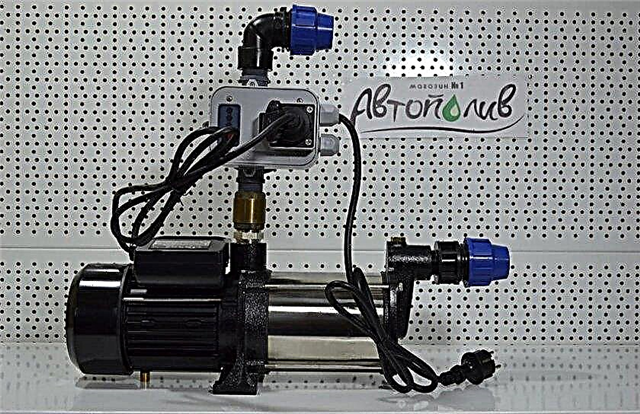
- Filter. This detail is needed in order to minimize the likelihood of micro-contaminants (sand, silt, etc.) getting into the system.

- Pressure regulator. It is required to maintain the correct operation of the system if the pressure in it is insufficient.
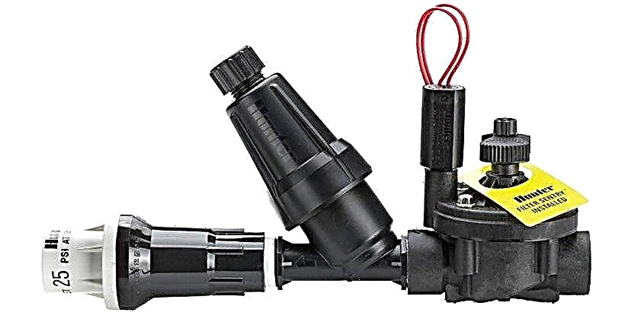
- Pipes, hoses. During sprinkler irrigation, one or two main pipes are laid, from which the rest, which supply water to the sprinklers, are installed. It is advisable to lay the pipes in such a way as to avoid excessive turns, thereby avoiding a decrease in water pressure. In drip irrigation, irrigation hoses are more often used.
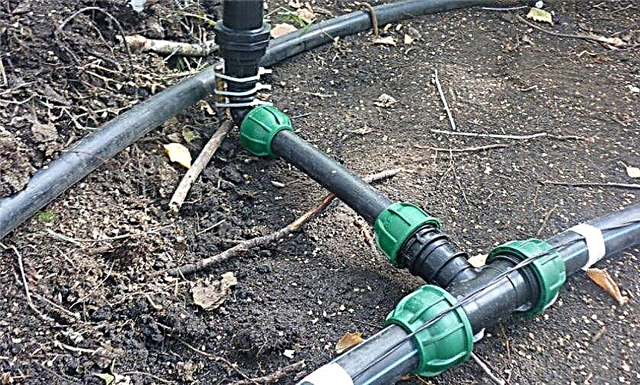
- Fitting. This group includes design details that are needed to design rotary sections, branches, as well as transitional connectors between pipes of different diameters.
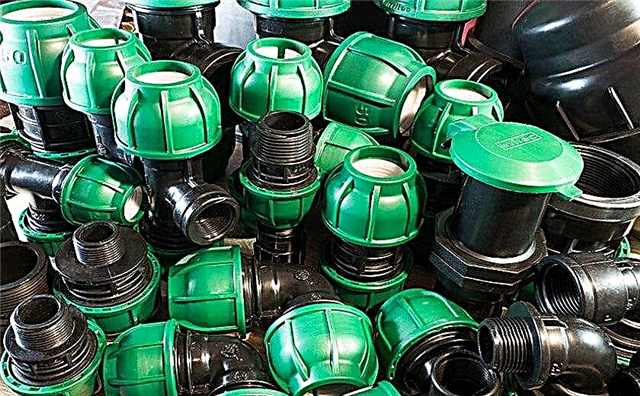
- Solenoid valves The task of these devices is to open and close the water supply under the control of the controller.

- Controller. The main device that controls the automatic irrigation system. He is endowed with a program that gives commands for opening and closing valves. Sometimes an additional weather sensor is connected to the device. If it rains outside, it will signal the controller and the water supply will stop.
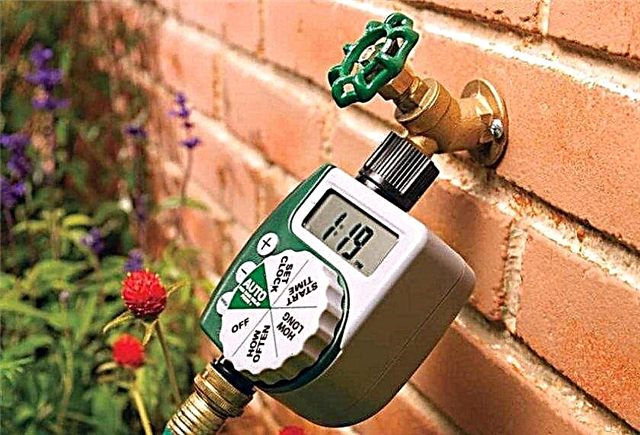
- Nozzles: sprinklers, droppers, sprinklers.

- Water intake sockets. These elements are not required, but sometimes their installation brings significant benefits. Sockets are mounted on the main pipe of the system. They are used to connect the hose in case you need to water individual trees, shrubs or, for example, wash garden paths.

Requirements and norms for high-quality lawn irrigation
In order for automatic lawn irrigation to be of high quality, it is necessary to correctly calculate the moisture consumption, the frequency of the procedure and the temperature regime. The best option is to create conditions that are as close to natural as possible. According to the established standards, the water temperature for lawn grass should not be lower than + 10 ° С, even better if the thermometer during measurement shows + 18 ... + 20 ° С. With this watering, the grass root system will not suffer and be damaged.
The frequency of irrigation depends on weather conditions. In cloudy weather, two waterings per week are sufficient, and in the dry period, daily soil moisture will be required. It is most effective to carry out watering in the morning and evening, especially if sprinkler irrigation is used.Important! The smaller the pipe diameter, the greater the pressure in the autowatering system will be.

How to make a do-it-yourself auto-irrigation system
In order to build an automatic watering system on your own, you must follow the sequence of actions. Laying pipes for sprinkler irrigation is carried out exclusively before sowing the grass mixture, since you have to remove the top layer of soil. A drip auto irrigation system can be equipped on an adult lawn because hoses are placed above the soil. It is necessary to initially develop the project, prepare all the necessary tools and materials, and only then proceed with the installation.
Did you know? The most expensive lawn, for the maintenance of which several hundred thousand dollars are allocated annually, is located at the house of the Australian government. They believe that the work of local lawmakers increases from the type of lawn.
System design
Mentally imagine how the pipes will pass on the site is not enough. It is necessary to draw a plan and mark on it areas requiring irrigation. You also need to determine where the pump is connected to the electric carrier and where the water will be taken from - it can be a natural body of water (well, well) or a water supply system, a container of water.

Describe in detail on the plan where the main and other pipes will be laid, mark the joints to immediately calculate which fittings will be needed and in what quantity. After the plan is drawn up, you need to make markup directly on the site. To do this, you can use a bright twine or white cord, pulling it between the pegs.
Necessary tools and materials
Installation of an automatic watering system will require significant financial costs, but, as noted earlier, they fully pay off by saving water.
You will need to purchase the following components:
- plastic water pipes and fittings;
- pump;
- pressure regulator;
- fine filter;
- solenoid valves;
- controller;
- sprinklers;
- water tank if there is no water supply or natural source.
 The main tool you need to work with is a shovel. With its help, it will be necessary to dig trenches for laying pipes. Also, prepare a cord with stakes to depict the marking on the site, a two-wire cable for connecting equipment elements. You may need wire cutters, pliers, and other simple tools available in every home.
The main tool you need to work with is a shovel. With its help, it will be necessary to dig trenches for laying pipes. Also, prepare a cord with stakes to depict the marking on the site, a two-wire cable for connecting equipment elements. You may need wire cutters, pliers, and other simple tools available in every home.
Step-by-step installation
When all the tools and materials have been prepared, you can begin to work. It all starts with the excavation of trenches 1 meter deep. They should not be done less, so that the system does not freeze in the winter. At the bottom, it is recommended to lay a layer of crushed stone, which will serve as a drainage pad in case of stagnation of water.
Next, proceed as follows:
- Lay the pipes using fittings.
- Install sprinklers. You need to place them so that their action radii intersect. At the corners of the site set sprinklers at 90 degrees.
- Install a solenoid valve on each pipe branch, and then connect the lines to the main pipe.
- Using a two-wire cable, connect the valves to the controller, which is desirable to be installed under the cover or indoors. Such a device will make it possible to program the autonomous inclusion of each irrigation branch.
- Install a pressure regulator and a pumping station near the water supply source, which should be connected to the main branch.

After all the work is done, you need to dig a trench. Then it remains only to program the controller to the desired mode. If the water throughput is large enough, irrigation lines can work simultaneously. Otherwise, the mode is set so that they turn on in turn.
Correct installation of the automatic watering system will free you from the tedious procedures of moistening the soil with a hose. In addition, grass will always retain its presentable appearance.










